Context: The International Diabetics Federations India Diabetes Report 2000-2045 called India the “diabetes capital of the world’ comprising 17% of the global diabetic population.
| Diabetes
It is a chronic disease that occurs either when the pancreas does not produce enough insulin or when the body cannot effectively use the insulin it produces.
|
|---|
A sugar tax (also called Soda tax) is a surcharge on sugar-sweetened beverages (SSBs) and sometimes other sweetened snacks.
A study conducted on analyzing the tax regimes of 122 countries based on World Bank information highlighted,
There is a GST regime in place but it has systemic issues with the country yet to levy a layered sugar tax on SSBs.
News source: livemint
Context: A bench of 7 Judges of the Supreme Court has unanimously held that unstamped arbitration agreements were legally enforceable, and the lack of proper stamping does not render an arbitration contract invalid, thus overruling its earlier judgement passed in April 2023.
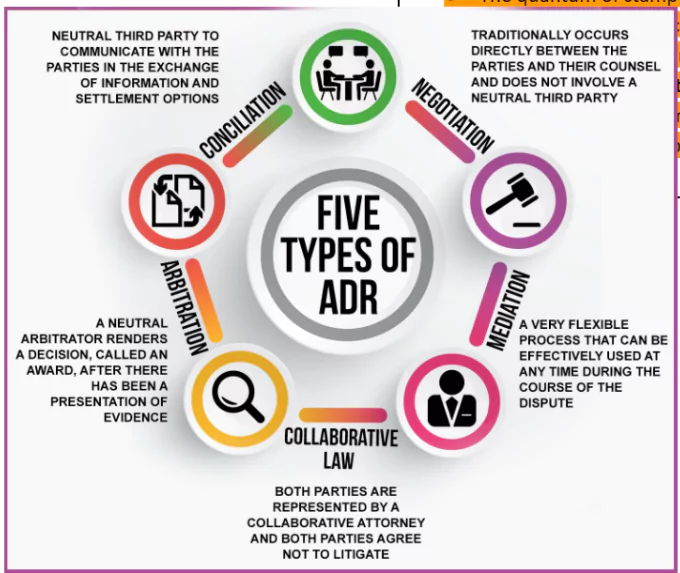
What is Stamping?
|
|---|
Source: Hindustan Times
Context: Under the Women Scientists Scheme (WOS) for STEM , thirteen unemployed women scientists have benefitted with the assistance of Rs.1.93 crore in the last five years.
Women in Science and Engineering-KIRAN (WISE-KIRAN)
|
|---|
News Source: PIB
Context: At the ongoing COP28 UN climate conference in the United Arab Emirates, the International Union for Conservation of Nature (IUCN) has released its latest update to the IUCN Red List which includes the first global freshwater fish assessment.
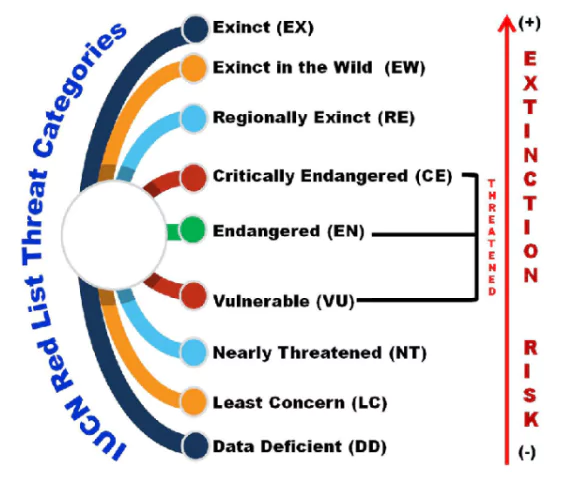 Endangered Category: Kryptoglanis Shajii, Horaglanis Abdulkalami, Pangio Bhujia
Endangered Category: Kryptoglanis Shajii, Horaglanis Abdulkalami, Pangio BhujiaInternational Union for Conservation of Nature(IUCN)
|
|---|
News Source: IUCN
Context: India rejected the statement issued by the Organization of Islamic Cooperation (OIC) on the Supreme Court’s judgement upholding the 2019 revocation of Article 370 of the Constitution.
About Organization of Islamic Cooperation (OIC):
|
|---|
For More Information, Refer Supreme Court Verdict on Abrogation of Article 370
News Source: Livemint
Context: The Centre reintroduced three amended criminal reform bills in the Lok Sabha, withdrawing the earlier versions that had been introduced earlier.
| Revamped Criminal Law Bills: | Changes Made |
| Bharatiya Nyaya Sanhita (BNS), 2023 |
|
| Bharatiya Nagarik Suraksha Sanhita (BNSS), 2023: |
|
| Bharatiya Sakshya (BS) Bill, 2023 |
|
News Source: Indian Express
Context: The Global Partnership on Artificial Intelligence (GPAI) Summit (a congregation of 29 member nations including the European Union) announced the adoption of the New Delhi AI Declaration.
| What is Artificial Intelligence?
Artificial intelligence (AI) is the theory and development of computer systems capable of performing tasks that historically required human intelligence, such as recognizing speech, making decisions, and identifying patterns.
|
|---|
The Global Partnership on Artificial Intelligence (GPAI)
|
|---|
News source: livemint
Context: Officials from the United States, India, and Taiwan gathered for a cybersecurity workshop on December 11-12 under the Global Cooperation and Training Framework (GCTF).
News Source: Business Standard
Context: Scientists from the Department of Atomic Energy and M/s. IDRS Labs Bengaluru have joined hands to develop Aktocyte tablets for treating pelvic cancer.
Approval: The AKTOCYTE tablet has received approval from the Food Safety and Standards Authority of India (FSSAI)
Food Safety and Standards Authority of India (FSSAI):
|
|---|
Source: PIB
Context: COP28 in Dubai concluded with landmark UAE Consensus to transition away from fossil fuels.
News Source: NewsOnAir
Context: A Constitutional Bench set for hearing petition related to the abrogation of Art 370 recently held that a President’s rule under Article 356 of the Constitution must be reasonable.
SR Bommai Case 1994:
|
|---|
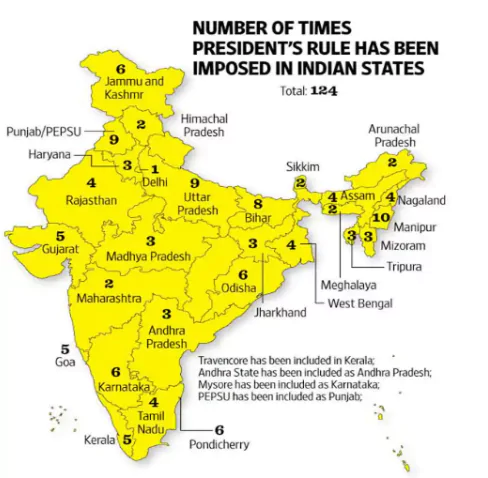
Committees related to President Rule:
|
|---|
News Source: The Hindu
Context: The Union Ministry of Health and Family Welfare has formulated a draft menstrual hygiene policy.
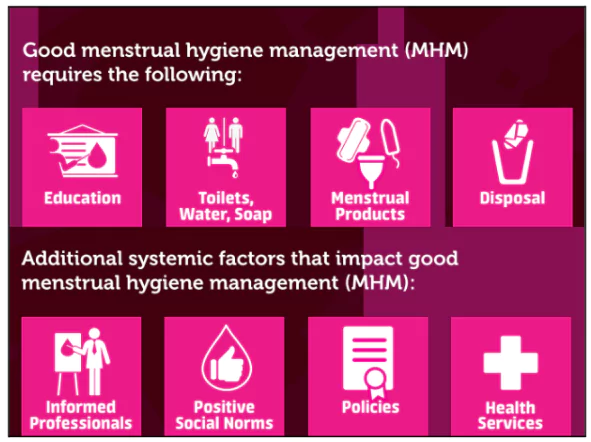 Menopause: It marks the end of reproductive years and most women experience it between the ages of 45 and 55 years.
Menopause: It marks the end of reproductive years and most women experience it between the ages of 45 and 55 years.Challenges Associated with Menstrual Hygiene in India:
|
|---|
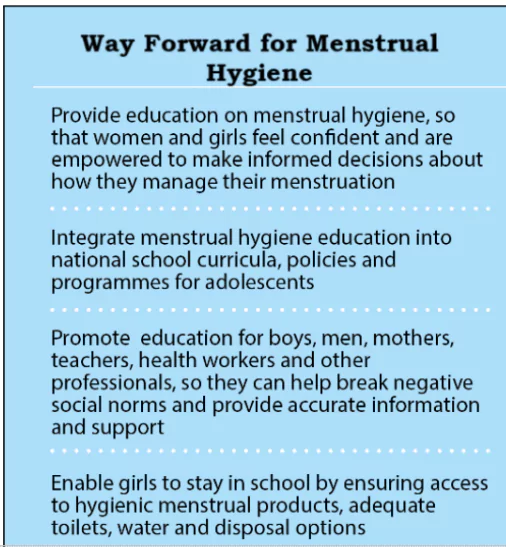 Develop clear, concise, and culturally appropriate messaging that addresses the specific needs and concerns of target groups, using inclusive language to avoid stigmatizing menstruating individuals.
Develop clear, concise, and culturally appropriate messaging that addresses the specific needs and concerns of target groups, using inclusive language to avoid stigmatizing menstruating individuals.News Source: MoHFW
SC Verdict on Newsclick Shows Adherence to Due Pro...
Stay Invested: On Chabahar and India-Iran Relation...
Credit Rating Agencies, Impact on India’s De...
Catapulting Indian Biopharma Industry
Globalisation Under Threat, US Import Tariffs Have...
Global Report on Hypertension, Global Insights and...
<div class="new-fform">
</div>
